Okay, this is a little embarassing. Certain family-related stuff kept me from posting more, so there’s an almost 4 months long gap. Let’s quickly amend some of that.
Graphics
I think it’s fair to say the Inkscape v1.0 release is probably the greatest thing that happened in these FOSS parts lately. The new version comes with a whole lot of improvements, not updating is just unthinkable to me (I did switch to the main development branch maybe half a year prior to the release).
If you are wondering, where this project is heading and whether they have plans to fix some of the important issues or start doing paid development (Blender, people always refer to Blender), I recently interviewed the team in a not entirely smarmy way, you can have a look here.
The GIMP team released version 2.10.20 with a bunch of new stuff as well as bug fixes. I covered some of the new features in dedicated videos.
Basic non-destructive cropping:
Blending options for GEGL-based filters:
On-canvas controls for the Vignette filter and new filters, Focus Blur, Variable Blur, and Lens Blur (the last one is not in this video):
Tobias Ellinghaus, darktable developer and GIMP contributor, started working on libxcf, a small library for writing GIMP’s project files. The library is already used in darktable for writing XCF files, optionally with masks as regular layers (at least, for now). As such, reading XCF files is a low-priority task.
Alessandro Francesconi released BIMP 2.4 for GIMP, the only change is support for OpenEXR. Source code and a Win32 build are available.
The Krita team released much anticipated version 4.3.0 with a ton of improvements: snapshots (essentially being able to save different stages of drawing a picture and navigate between those), Android build, improved animation tools, new and improved filters, separate opacity/lightness settings for RGBA brush tips, new Magnetic Selection tool quite similar to Photoshop’s Magnetic Lasso and GIMP’s Scissors Select tool.
There were some complications in that development cycle, all (or most) happily resolved by now. The team has several students in the Google Summer of Code program, one of them is working on storyboarding.
Albertas Vyšniauskas resumed hacking on one of my favourite applications ever, Gpick. There hasn’t been a new release yet, but it looks like there might be one later this year.
Birdfont 4.0 is out featuring better spacing classes to simplify adjusting kerning and left/right-side bearing, smaller file size for OTF fonts, and various engine inprovements. Grab it here. In other font news, FreeType 2.10.2 has been released with WOFF2 support.
Photography
Admittedly, I need to look at recent changes in darktable and RawTherapee in great many more detail. I did some quick testing of Aurelien Pierre’s new color mixer RGB module for darktable, and it’s an interesting if not entirely unexpected way to adjust white balance (among other use cases).
I think it’s worth mentioning that Filmulator now has a basic website at long last. Admittedly, I didn’t pay enough attention to this project until recently when I finally grabbed the AppImage to test it on some of my landscape shots. Personally, I’m not entirely at home with its UI but the processing side looks interesting enough.
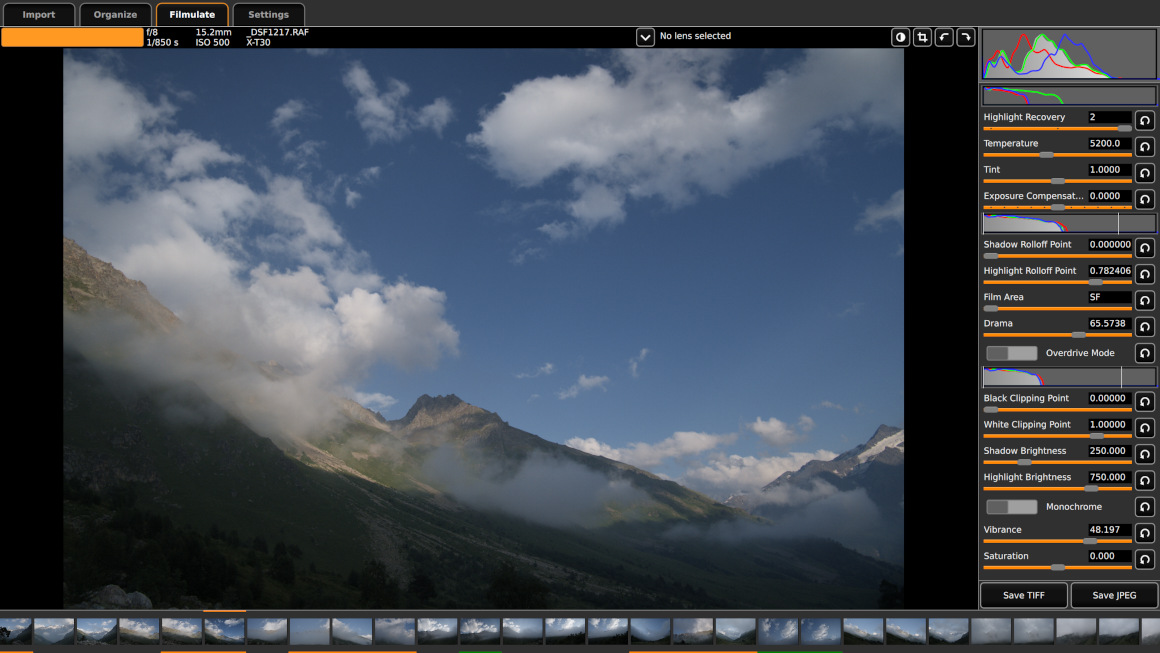
Now that I mentioned Filmulator, it’s hard to avoid saying that vkdt is still up and about. If this is the first time you hear about it, vkdt is a love child of Johannes Hanika and Tobias Ellinghaus, both long-time darktable developers (Jo being project founder, in fact).
Essentially it’s an experiment of creating a darktable-like raw processing program based on direct acyclic graphs (think node compositing) and Vulkan API. Everything is rendered on the GPU, and the applicaiton has full-window color mangement in linear Rec. 2020.
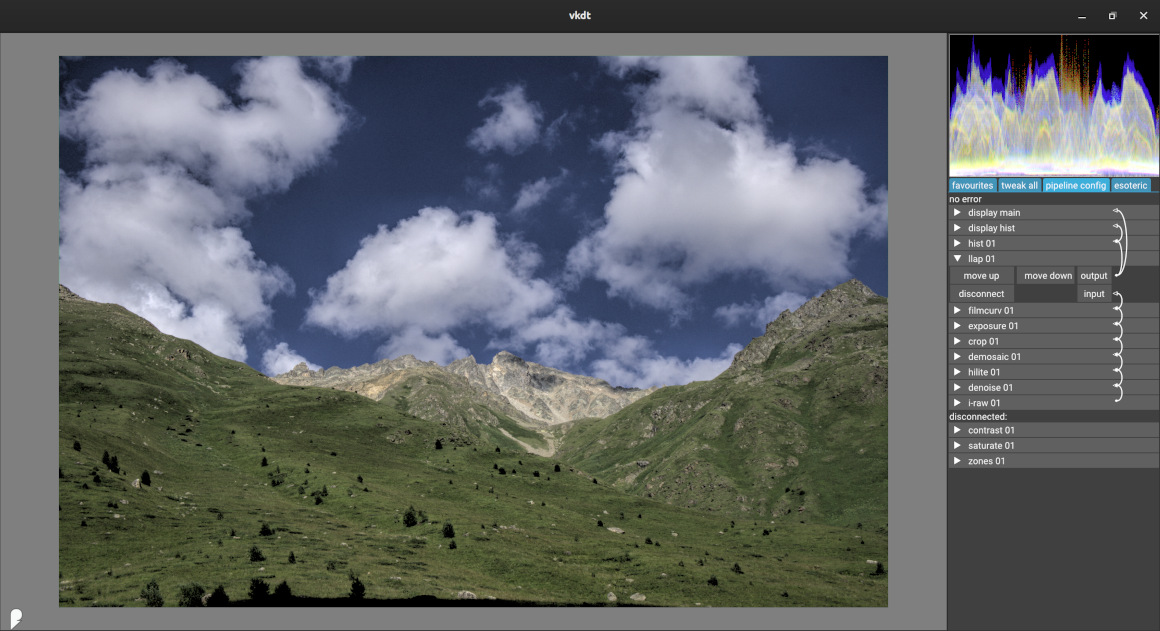
Video
Kdenlive 20.04 was released in April with major changes: rating and color-tagging of clips in the project bin, multicam workflow support, OpenTimelineIO support, improved motion tracking and rotoscoping, and much more. The team also has a GSoC student, Sashmita Raghav, continuing their 2019 work on the subtitler.
Shotcut got two updates while I was gone. The most interesting changes are: proxy management, slideshow generator, 360° video filters, wavelet denoiser, lots of bug fixes.
There have been so many changes in Olive since my last update that I feel a little lost: how do I even approach picking up where I left? Let’s focus on major changes:
- EXR proxies
- Waveform and Histogram scopes
- new nodes like Math and Trigonometry
- Solid and Text clips now available as nodes
- more OCIO-based color management work
- functional exporting (if you stick to H.264)
- Houdini-like ladder UI for adjusting values
Audio and music-making
Ardour 6.0 is finally out, and even a quick update (v6.2) is now available with minor improvements and new features.
The team says v6.0 was 2.5 years in the making but I would say it’s longer than that. Certain changes were already being worked on before v5.12 was released.
Being one of those stubborn guy, I switched to the main development branch before the team officially said it’s a good idea to do so. Personally, I find v6 considerably stable. My only beef is that the program gets sluggish when you ripple-delete a region in a track that contains hundreds of regions.
There are quite a few interesting things happening in the background. But what I’ve learned over years is that it’s best to let Ardour devs merge all those changes into the main development branch first and then talk about all that stuff.
In late April, I talked to Paul Davis for an hour and a half over Jitsi. This later became two episodes of the Libre Arts podcast — my unintentional side-project from last year that I’m taking more seriously now. You can either listen to the podcast or read the edited transcripts here on LGW: Part 1, Part 2.
I also missed several releases of Qtractor. The most important changes, in my opinion, are MIDNAM support for LV2 plug-ins (and thus Qtractor joins Ardour) and JACK Transport latency now being taken into account for recording with latency compensation. The former means e.g. that you can see right in the pattern editor which note is responsible for which instrument in a drumkit when you load DrumGizmo LV2.
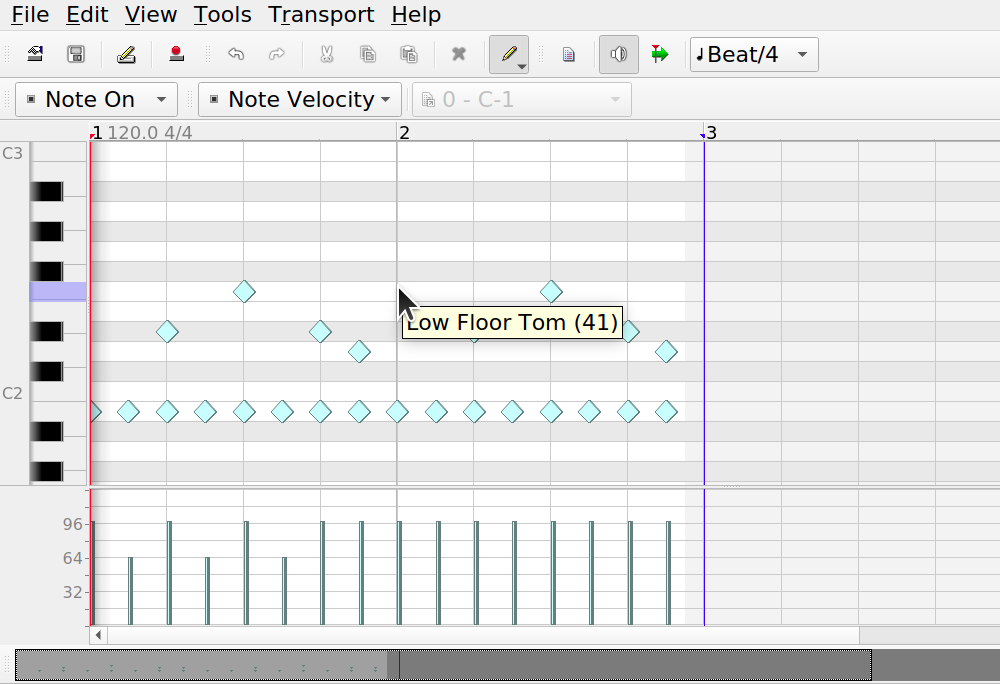
There’s certain excitement around the sfizz project which is an SFZ library and LV2 plugin, originally started by Paul Ferrand. Easy to see why:
Artwork
Among people using Krita for painting, I can’t think of any other artist rising to fame as fast as Philipp Urlich (and rightfully so).
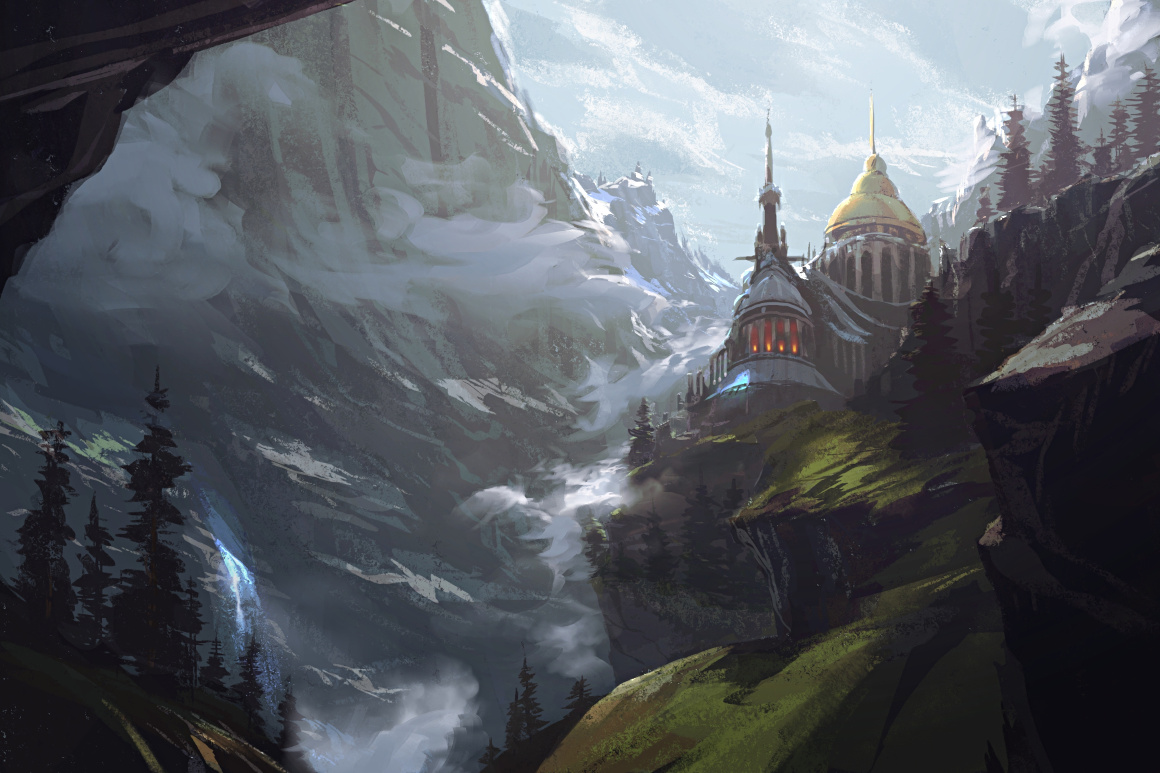
Very nice painting of a parrot by Daroart37, made with GIMP:
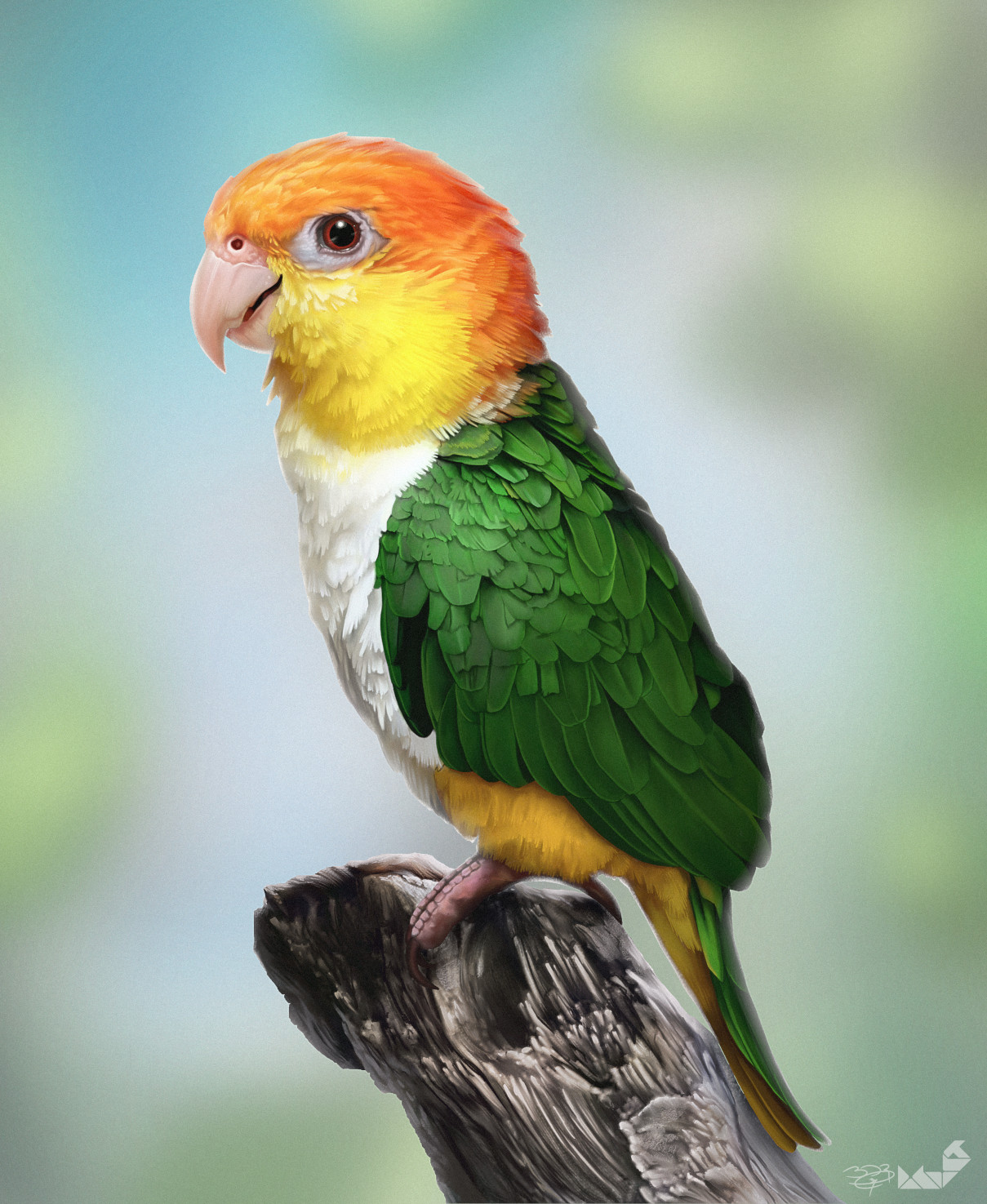
Lucas Falcao thinks himself he should’ve worked some more on the clothes in this render. Still, very nice work there!
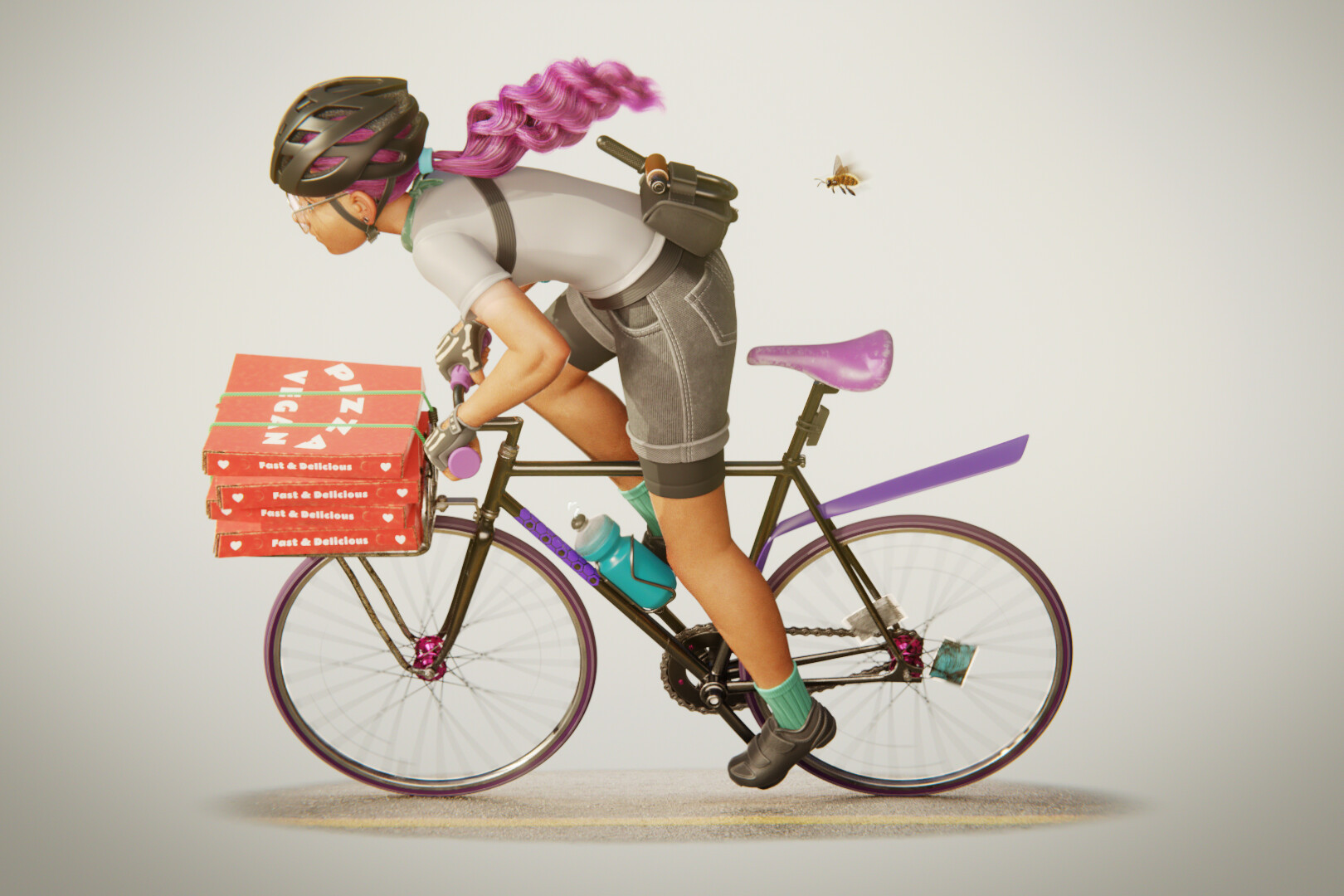
Some great Blender work by J.C.:
Procedural animated ripples in #Eevee with PLX #b3d pic.twitter.com/Yi4yUw5aTH
— J.C. (@Cuboxel) June 30, 2020
Patreon subscribers get early access to my posts. If you are feeling generous, you can also make a one-time donation on BuyMeACoffee.
